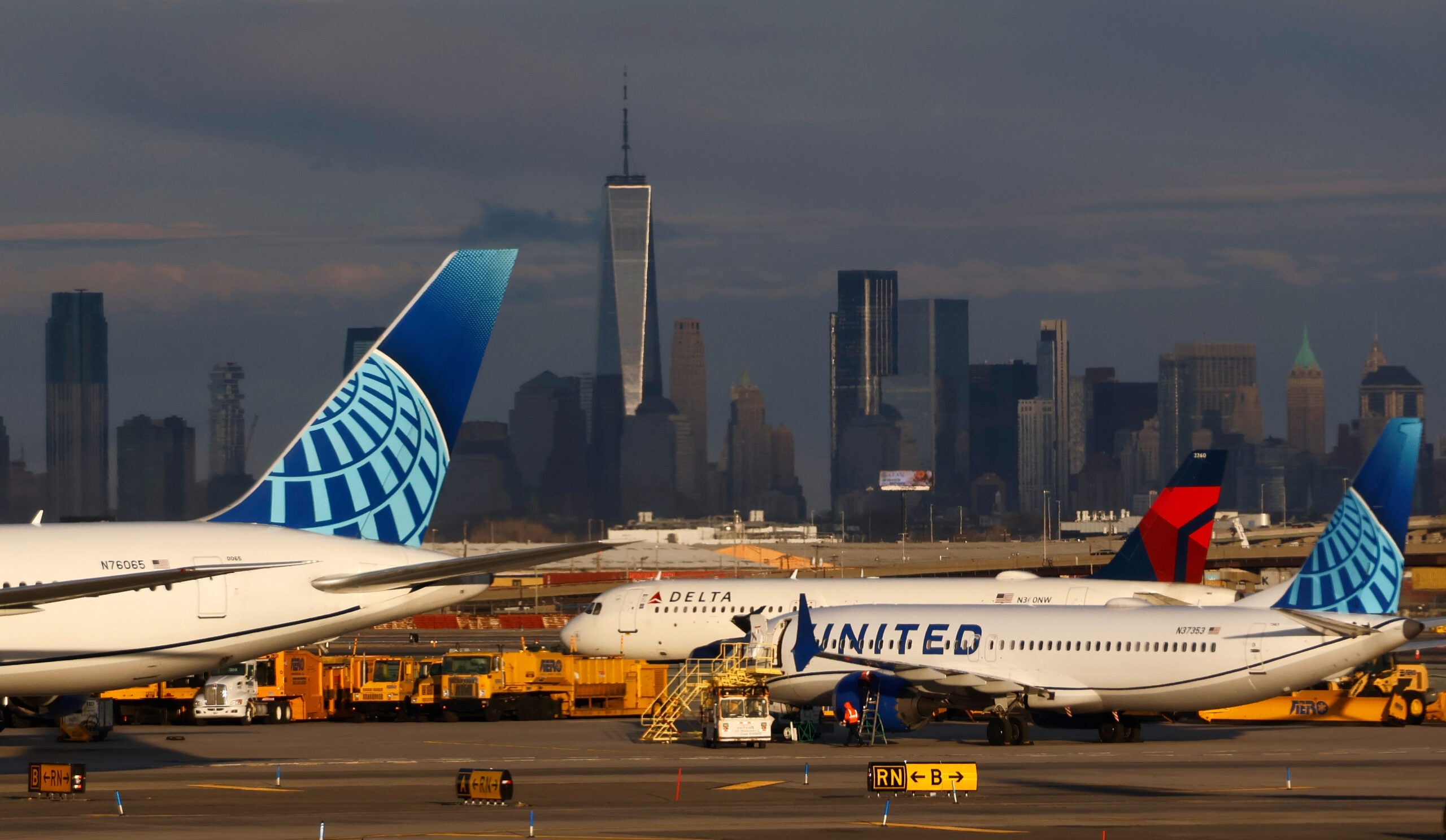Travelers at Newark Liberty International Airport have faced a chaotic week. Many flights were delayed, causing frustration for passengers. Equipment issues and lack of staff are part of the problem.
As summer approaches, these delays could affect even more travelers. Understanding the situation can help passengers navigate these travel disruptions better.
The Air Traffic Control Dilemma
The skies over Newark have been turbulent. Massive delays affected almost half of the incoming flights at Newark last Saturday. Technology outages and staff shortages are key issues, exacerbated by bad weather, creating a tough situation for air traffic control.
Thunderstorms and construction projects on the runway have compounded the problems. No quick fixes are in sight. As Sunday afternoon rolled around, dozens more flights were canceled, leaving travelers stranded and upset.
United Airlines Takes Action
Faced with mounting pressure, United Airlines is making tough decisions. They’re cutting 35 daily flights to manage the chaos better.
United’s CEO, Scott Kirby, pointed to long-standing staffing shortages and equipment failures that are worsening the situation. He stated that nearly 20% of controllers left their job recently, intensifying the crisis.
Neither the FAA nor the controllers’ union commented on Kirby’s claims. Transportation Secretary Sean Duffy underscored the need for systemic improvements. He called for an overhaul of air traffic control infrastructure to handle such disruptions more effectively.
The Ongoing Troubles at Newark
Delays continue to be a nuisance at Newark. Over 600 flights have experienced setbacks since Friday, and the situation remains dire.
Sunday brought projections of severe delays, with potential waits exceeding four hours. Long waits, although not a safety concern, test the patience of many travelers.
Passengers flying through Newark should remain alert to new advisories. Airlines are offering more flexible options to alleviate some of the travel stress.
Weather Woes Add to the Misery
The weekend’s weather worsened the existing turmoil. Close to 6,000 flights were delayed on Saturday alone due to widespread storms across major cities.
Major airports, like Houston and Atlanta, also faced disruptions, causing ripple effects throughout the national network, with Newark suffering significant delays as well.
Making Decisions for Future Travel
Looking ahead, travelers are left guessing if Newark will stabilize. It’s challenging to predict when flight schedules will return to normal.
United Airlines has no clear idea about the duration of these flight cuts. The priority now is ensuring customer safety and minimizing inconvenience.
Scott Kirby acknowledged the disappointment over further schedule reductions but argued they were necessary to manage ongoing FAA staffing issues.
If booking future flights through Newark, look for alternatives. Choosing an alternative itinerary through United’s other hubs might be wise if comparable in price.
Planning Your Newark Flight
Travelers advised to take proactive measures for Newark flights. Early departures, although requiring an early start, are less likely to be delayed due to morning weather conditions.
Favoring nonstop flights also help minimize the risk of missing connections at other airports due to delays. Staying informed allows passengers to adjust plans as necessary.
Understanding Airline Responsibilities
Storm and staffing issues fall outside airline control, leading to limited compensation for inconvenienced travelers. This situation highlights the importance of having travel insurance through a credit card to cover unexpected costs.
Travelers should ensure flights are booked with credit cards that offer insurance protections, providing peace of mind during such unpredictable times.
Conclusion: Navigating the Chaos
Amid these challenges, some relief can be found in preparation. heeding advisories and staying informed helps mitigate travel stress.
Flexibility and proactive planning currently serve as travelers’ best defenses against this ongoing chaos.
Navigating these travel disruptions requires patience and a strategic approach. By staying informed and flexible, passengers can better manage unexpected challenges, fostering a smoother journey despite the hurdles.





